Hello and welcome Inyo fans, this is a continuation of Inyo Pool’s equipment selection series. In this chapter, we are focusing pool sanitation and all the different ways it can be accomplished. We’ll be explaining the functionality, sizing, and the advantages of the three basic categories of santizers:
- Chlorine tablet feeders,
- Salt Chlorine Generators; and
- Alternative Sanitizers (e.g. Mineral Cartridges, Ozonators & Ionizers)
Chlorine Tablet Feeders
There are three common types of tablet feeders:
- Floating Dispenser
- In-line Feeder
- Offline Feeder
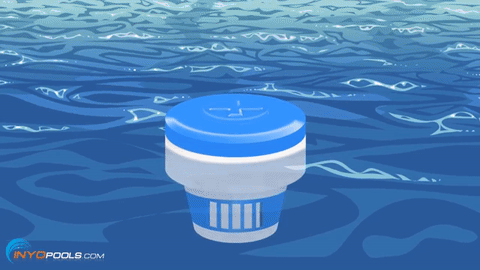
The simplest of all of the tablet feeders is the Float. A chlorine float is a floating plastic vessel you fill with chlorine tablets. The float acts like a chlorine teabag, releasing sanitizing chlorine to keep your pool clean. The float is the easiest of the feeders to maintain but it is the least efficient way of chlorination. The float dissolves the chlorine relatively slow so once it falls behind in chlorine production it struggles to maintain a clear pool.
The Inline and offline chlorine feeders are the preferred chlorine tab vessel for pool owners and service companies. They provide the user the ability to dial down or up chlorine dosages and they are usually more durable than chlorine floats.
What is the difference between the Inline and Offline Chlorinator?
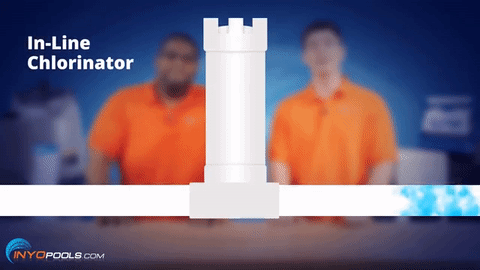
The inline chlorinator is installed “in-line” with your pump and filter. The inline chlorinator is plumbed on the pipe after your filter (and heater) dissolving the chlorine into your return line. In-line chlorinators are found on new installations or full renovations as the installer can better plan for the vessel’s installation. Because the inline requires a stretch of horizontal PVC on which to be installed, and head clearance so you can remove the cap, replumbing is sometimes needed.
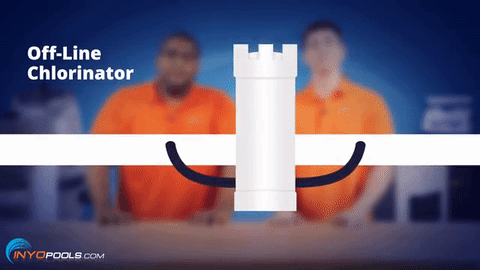
Offline chlorinators are ideal for cramped equipment pads, as they can be sat several feet away from PVC. Offline chlorinators use feeder tube (about 1/8″ to 1/4″) to divert water to and then feed it back to the main pool plumbing line. The installation only requires to small whole to be drilled into the pipe while the vessel is installed out of the way.The offline allow the user to adjust chlorine dosage using the control knob.
Offline chlorinators are normally found on pools that are being retrofitted. The installation is very simple because no cutting is required. You simply have to drill two holes for the inlet and return tubing.
Salt Chlorine Generators
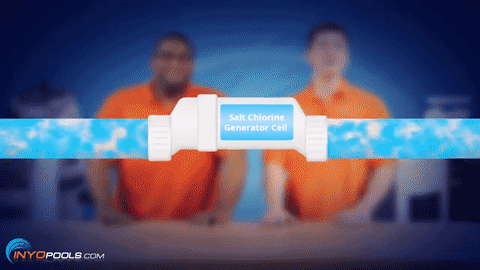
Now we’ll move on to a sanitizer that is quickly becoming a favorite among new pool builders; and that’s Salt Chlorine Generators. Once a rarity, salt chlorinators are cropping up in backyards everywhere as tales of the generator’s simplicity and light maintenance load, spread.
Salt chlorine generators consist of two main parts, the power panel, and the electrode cell. The power panel normally doubles as the control center for the generator, where the user can check the water’s salt levels, the health of the cell and any fault alerts happening within the generator’s system.

The cell is where all the magic happens, and by magic, I mean the wonderful chemical reaction, electrolysis. These generators make their chlorine by passing salt water over titanium blades as a small electric charge is applied. As the salt particles strike the blade, the Sodium Chloride molecule splits, freeing the chlorine atom to go full Rambo on all nearby microbes and bacteria. The salt systems also have a Super Chlorinate feature which causes the generator to run at a 100% output for 24 hours in order to shock the pool. This is usually used after a high bather load or a lot of rain.
Salt generators are equipped with a flow switch to make sure it only runs when the pump is operating; gthis protects the salt cell. The minimum water flow needed to operate your chlorinator will vary according to salt generator model.The salt systems also have a
You’re probably wondering how to size a salt chlorine generator. Salt chlorine generators are sized by the max amount of gallons the cell can chlorinate. For example, the Pentair Intellichlor IC20, IC40, and IC60 can chlorinate a max gallons of 20,000, 40,000, and 60,000 gallons respectively.
When sizing a salt generator for your pool we suggest oversizing the cell, to prolong the cell’s life.
Alternative Sanitizers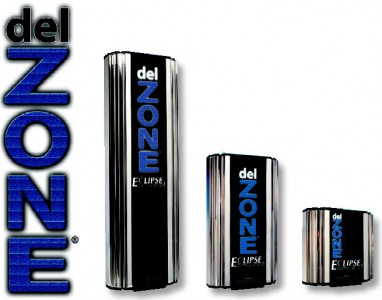
Alternative sanitizers are great for people who are sensitive to chlorine. These alternatives include:
In our experience, these options are best used in combination with one of the other forms of sanitation because these options alone are usually not strong enough to sanitize a pool with a regular bather load.
What these systems allow you to do is dramatically reduce the chlorine level in the pool. A normal chlorine level in a pool is 2 to 4 parts per million. But with an alternative sanitizer, you can keep the chlorine level at .3 to .5 parts per million….and that’s basically tap water.
Another benefit to alternative sanitizers is that by reducing the chlorine demand you reduce the need to replace chlorine tablets or salt cells.
For a more in-depth look at the differences between ozonators, ionizers, and mineral purifiers check out our blog regarding alternative sanitizers.
If you have any further questions about chlorinators or their alternatives, please feel free leave a comment below or post it on Inyo’s Forum
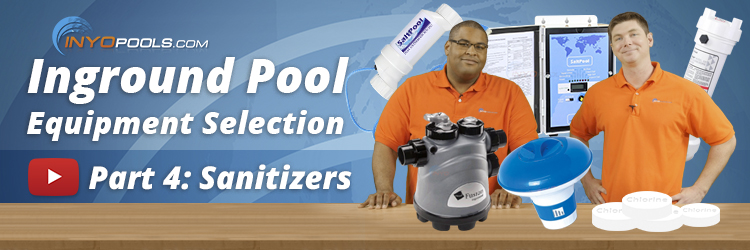
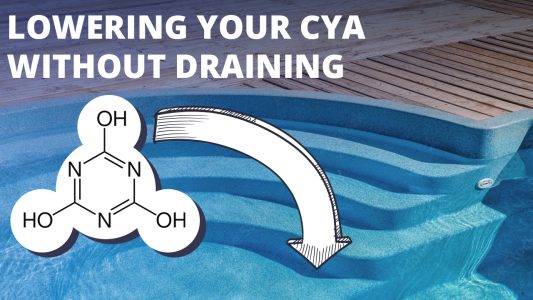
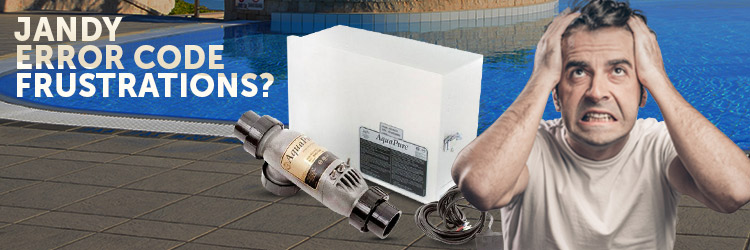
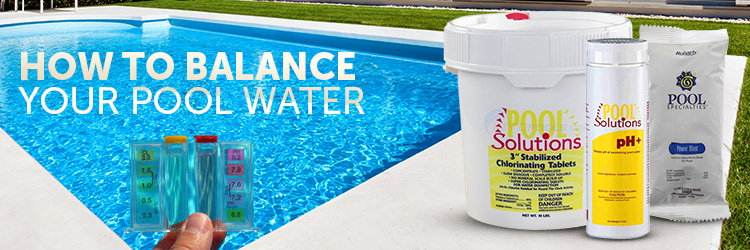
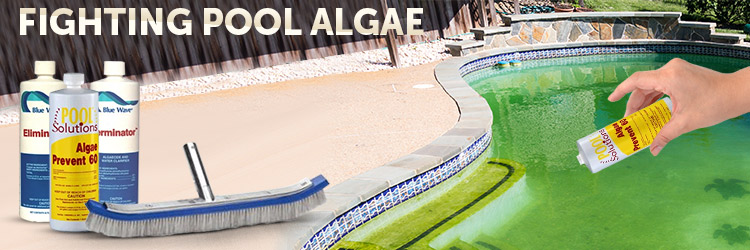






I currently have a salt chlorinator. I also have flagstone coping and a waterfall. The stone is starting to wash away. I had a professional come to give an estimate on repair and he recommended converting back to a chlorine pool saying the salt isn’t good for the type of materials around my pool. I like having the salt chlorinator but I don’t want to damage my pool. Do you have any suggestions?
I’d try treating your deck with a sealant that is meant for natural stone to prevent any further deterioration. An example of that type of sealant TSSPRO-100. There should be suitable sealants available at a local hardware store.
I have a 24′ above ground round pool. The water was VERY dirty since the cover fell through half way through winter and all the leaves got inside. We have an ionizer system (power ionizer) and last year when the system was new the water stayed sparkling, but this year I have been able to get the water to a blue-ish color but can not get it back to sparkling. What am I doing wrong?